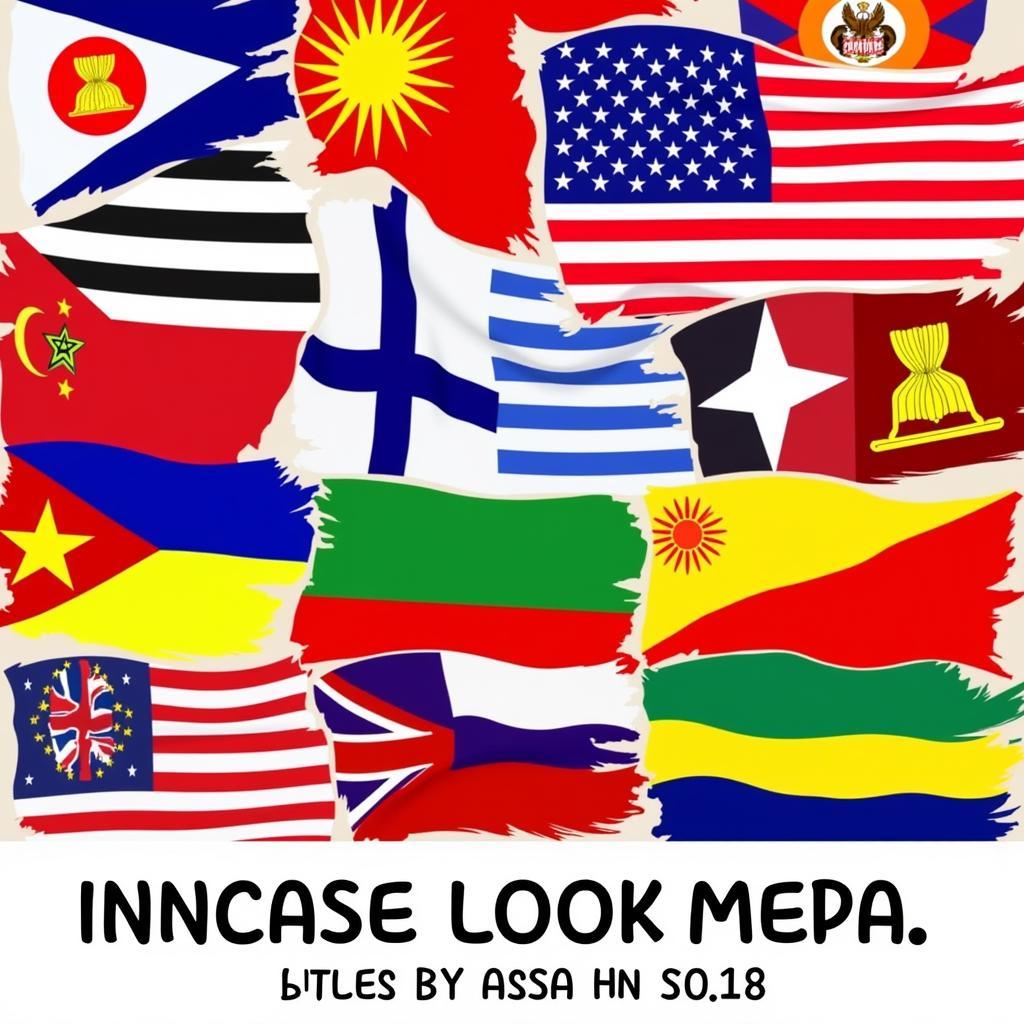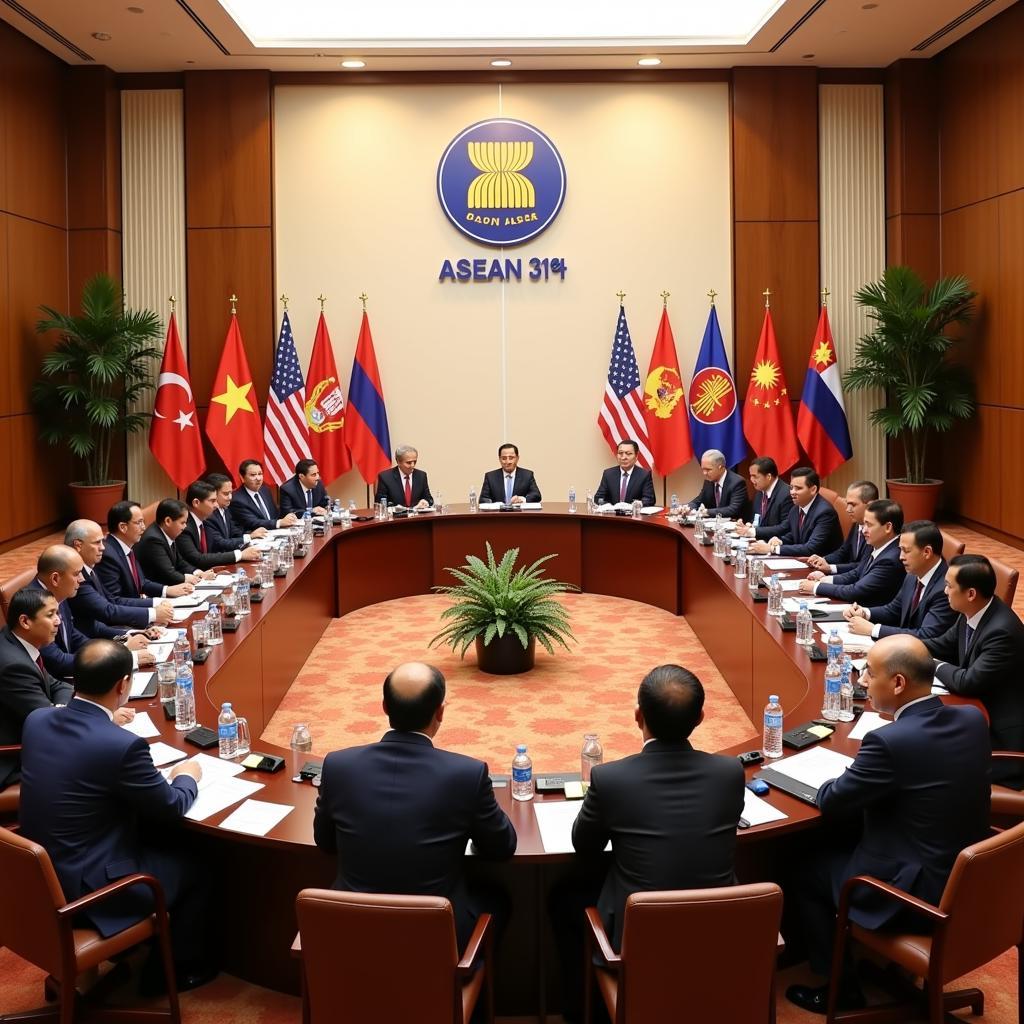ASEAN GOCH encompasses the governance, organizations, culture, and history that shape this vibrant and dynamic region. Understanding these interconnected aspects is key to appreciating the complexities and opportunities within the Association of Southeast Asian Nations. This exploration delves into the core elements of ASEAN GOCH, providing insights into its evolution, challenges, and future prospects.
Governance in ASEAN: A Balancing Act
ASEAN’s governance structure is unique, prioritizing consensus and non-interference in member states’ internal affairs. This approach, while promoting stability, also presents challenges in addressing regional issues effectively. The ASEAN Charter, adopted in 2007, formalized the organization’s legal framework and strengthened its institutional capacity. However, the balance between national sovereignty and regional cooperation remains a delicate one. The decision-making process, often described as “the ASEAN way,” emphasizes consultation and compromise.
- Consensus-based decision-making
- Non-interference principle
- The ASEAN Charter and its impact
Challenges and Opportunities in ASEAN Governance
The diverse political systems and economic development levels within ASEAN create both challenges and opportunities. While economic integration has progressed significantly, political and security cooperation remains a work in progress. Issues such as territorial disputes in the South China Sea and the Rohingya crisis highlight the need for stronger regional mechanisms for conflict resolution and humanitarian intervention.
Understanding ASEAN’s Organizational Structure
ASEAN’s organizational structure is designed to facilitate cooperation across various sectors. From the ASEAN Summit, the highest decision-making body, to the ASEAN Secretariat, which provides administrative support, each component plays a vital role in promoting regional integration. The three pillars of the ASEAN Community – Political-Security Community, Economic Community, and Socio-Cultural Community – reflect the organization’s comprehensive approach to regional development.
- The ASEAN Summit and its functions
- The role of the ASEAN Secretariat
- The three pillars of the ASEAN Community
Navigating the Complexities of ASEAN Organizations
The interplay between various ASEAN bodies and dialogue partners can be complex. Understanding the mandates and responsibilities of each organization is essential for effective engagement with the region. The ASEAN Plus Three mechanism, which includes China, Japan, and South Korea, is an example of how ASEAN engages with external partners to address regional challenges.
The Rich Tapestry of ASEAN Culture
ASEAN’s cultural diversity is one of its greatest strengths. From ancient temples to bustling metropolises, the region offers a rich tapestry of traditions, languages, and artistic expressions. This cultural richness contributes to ASEAN’s unique identity and fosters people-to-people connections. Promoting cultural exchange and understanding is a key priority for ASEAN, as it strengthens regional cohesion and fosters mutual respect.
- Diversity of languages and traditions
- The importance of cultural exchange
- Preserving cultural heritage in a globalized world
Cultural Diplomacy and ASEAN’s Global Image
Culture plays a significant role in ASEAN’s diplomacy and its projection of a positive global image. By showcasing its cultural heritage, ASEAN strengthens its international standing and promotes tourism and economic development.
“Cultural diplomacy is a powerful tool for ASEAN to build bridges with the world,” says Dr. Anya Sharma, a prominent Southeast Asian Studies scholar at the National University of Singapore. “It allows us to share our stories and connect with people on a deeper level.”
A Journey Through ASEAN History
ASEAN’s history is marked by both cooperation and conflict. Formed in 1967 amidst the Cold War, ASEAN has evolved from a primarily political and security-focused organization to a comprehensive regional community. Understanding the historical context is crucial for appreciating the challenges and achievements of ASEAN.
- The founding of ASEAN and its initial objectives
- The impact of the Cold War on ASEAN’s development
- The evolution of ASEAN towards a regional community
Learning from the Past, Shaping the Future
ASEAN’s history provides valuable lessons for navigating the complexities of regional cooperation. By learning from past successes and failures, ASEAN can better address future challenges and build a more resilient and prosperous community.
“Understanding history is essential for shaping a better future for ASEAN,” adds Dr. Sharma. “By acknowledging the past, we can build a stronger and more unified region.”
Conclusion
ASEAN GOCH – governance, organizations, culture, and history – are intertwined elements that define the essence of this dynamic region. By understanding these aspects, we can gain a deeper appreciation for the challenges and opportunities facing ASEAN. As ASEAN continues to evolve, its ability to navigate these complexities will determine its future success. Exploring ASEAN GOCH is not just an academic exercise; it is crucial for anyone seeking to engage with this vibrant and increasingly important region.
FAQ
- What does ASEAN GOCH stand for?
- How does ASEAN’s governance structure work?
- What are the three pillars of the ASEAN Community?
- How does culture influence ASEAN’s diplomacy?
- What were ASEAN’s initial objectives when it was founded?
For any support, please contact us at Phone Number: 0369020373, Email: aseanmediadirectory@gmail.com or visit our address: Thon Ngoc Lien, Hiep Hoa, Bac Giang, Vietnam. We have a 24/7 customer support team.


